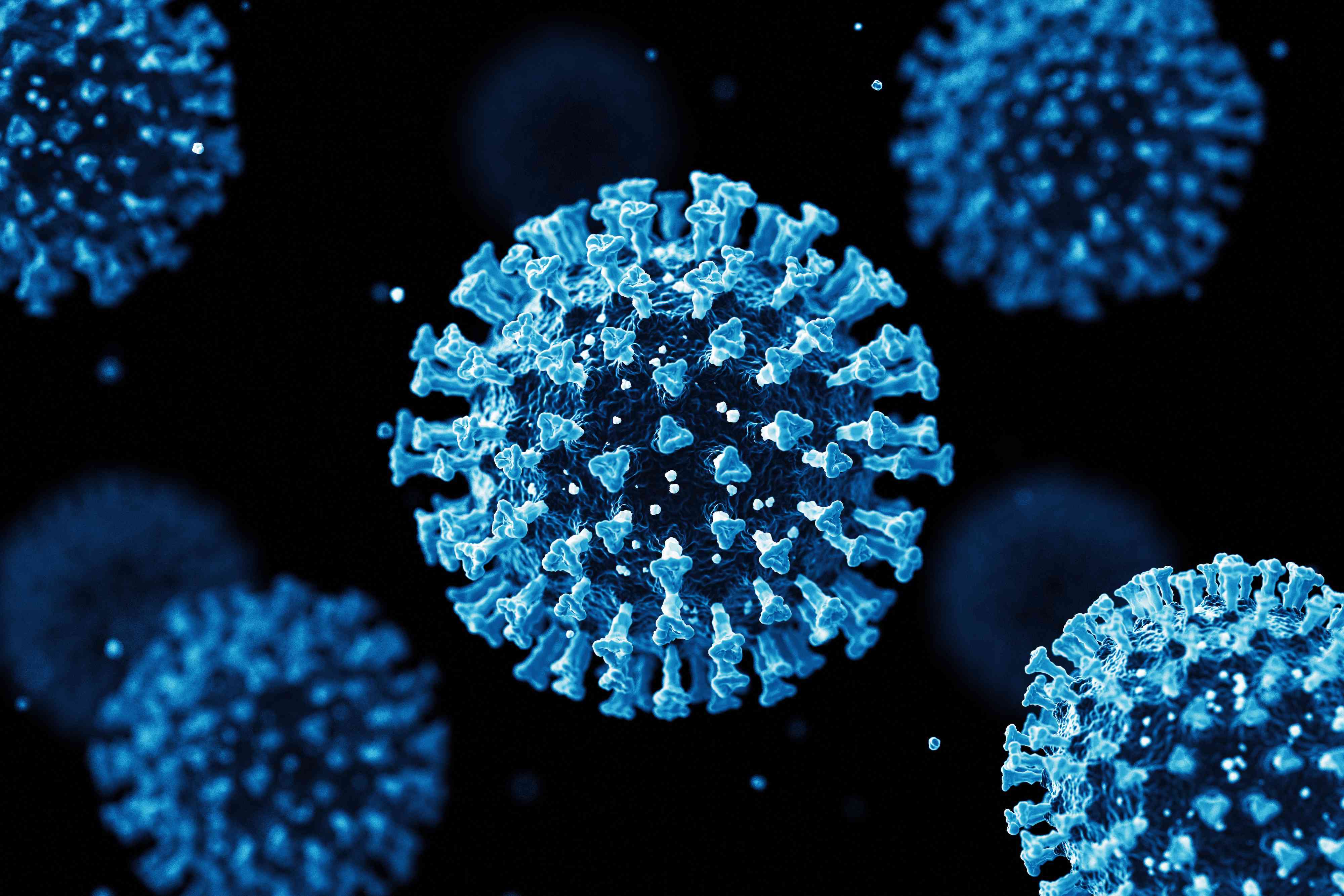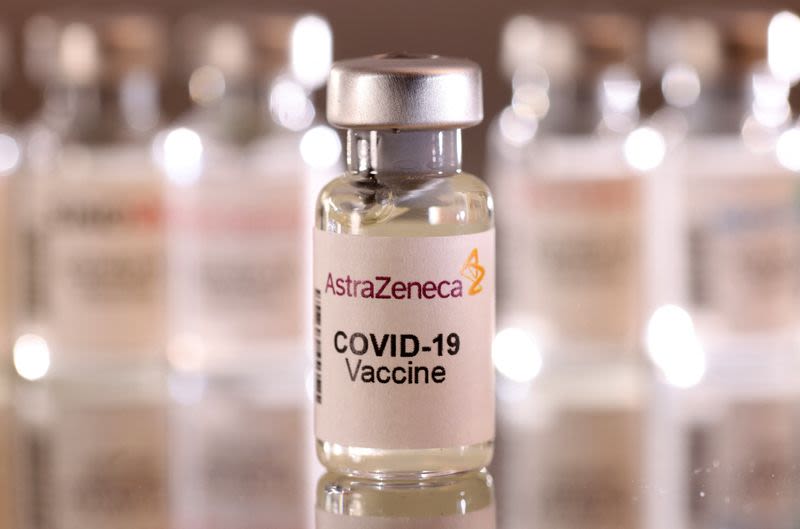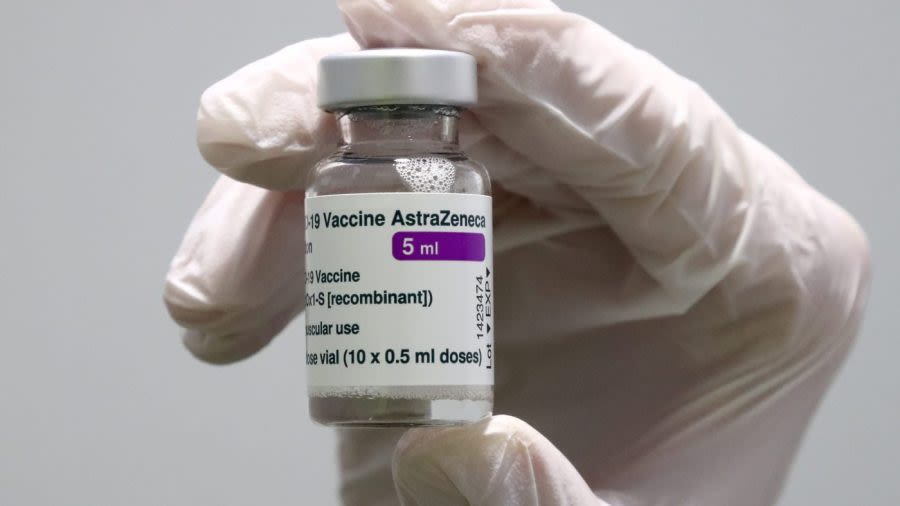Search results
News about COVID-19, FLiRT, variants
News about AstraZeneca, Covid vaccine, COVID-19 vaccine
Also in the news
Sep 1, 2023 · The World Health Organization (WHO) names new coronavirus variants using the letters of the Greek alphabet, starting with the Alpha variant, which emerged in 2020. Below is a list of—and information about—some of the variants that have been top-of-mind.
- 065208055
- kathy.katella-cofrancesco@yale.edu
- What You Need to Know
- Key Definitions
- Types of Classification
- Recombinants
- Summary of Variant Classifications
- List of Variants
- References
- Related Pages
•Viruses like SARS-CoV-2 continuously evolve as changes in the genetic code (caused by genetic mutations or viral recombination) occur during replication of the genome.
•SARS-CoV-2 has consistently mutated over the course of the pandemic, resulting in variants that are different from the original SARS-CoV-2 virus.
•Throughout the COVID-19 pandemic, many variants of SARS-CoV-2 have been found in the United States and globally.
•Scientists use multiple classification systems to describe and communicate similarities and differences between SARS-CoV-2 viruses.
•Mutation: A mutation refers to a single change in a virus’s genome (genetic code). Mutations happen frequently, but only sometimes change the characteristics of the virus.
•Lineage: A lineage is a group of closely related viruses with a common ancestor. SARS-CoV-2 has many lineages; all cause COVID-19.
•Sublineage: A term used to define a lineage as it relates to being a direct descendent of a parent lineage. For example, BA.2.75 is a sublineage of BA.2.
•Variant: A variant is a viral genome (genetic code) that may contain one or more mutations. In some cases, a lineage or group of lineages with similar genetic changes, may be designated by the World Health Organization (WHO) or the U.S. SARS-CoV-2 Interagency Group (SIG) as a Variant of Interest (VOI), Variant of Concern (VOC), Variant of High Consequence (VOHC) or Variant Being Monitored (VBM) due to shared attributes and characteristics that may require public health action.
There are multiple ways in which SARS-CoV-2 viruses are classified. Each classification type can be appropriate, depending on the context in which SARS-CoV-2 is being communicated. SARS-CoV-2 is often discussed in the context of lineages (and sublineages). The most commonly used classification system for lineages is Pango. Nextclade may also be use...
All coronaviruses have the potential to undergo a natural process called “recombination”. This can occur when two different lineages infect the same cell in someone at the same time. This rare phenomenon may affect the characteristics of the virus – including its ability to spread, cause severe disease or make treatments or vaccines less effective. In many cases, recombinant viruses do not have competitive advantages that help them rise.
CDC’s genomic surveillance systems can reliably detect and monitor the spread of variants, including recombinants. When a recombinant does emerge, CDC scientists evaluate and monitor the new recombinant just like any other variant lineage – including how it might be classified or when it should be presented on CDC’s COVID Data Tracker.
Variant of High Consequence (VOHC)
A VOHC has clear evidence that prevention measures or medical countermeasures (MCMs) have significantly reduced effectiveness relative to previously circulating variants. CDC monitors all variants circulating in the United States. In addition to the possible attributes of a variant of concern, variants designated as VOHC include impact on MCMs such as:
•demonstrated failure of diagnostic test targets.
•evidence to suggest a significant reduction in vaccine effectiveness, a disproportionately high number of infections in vaccinated persons, or very low vaccine-induced protection against severe disease.
•significantly reduced susceptibility to multiple EUA or approved therapeutics.
•more severe clinical disease and increased hospitalizations.
References for SARS-CoV-2 Variant Classifications and Definitions
1.Zhou, B., Thi Nhu Thao, T., Hoffmann, D. et al. SARS-CoV-2 spike D614G change enhances replication and transmission. Nature(2021). https://doi.org/10.1038/s41586-021-03361-1
2.Volz E, Hill V, McCrone J, et al. Evaluating the Effects of SARS-CoV-2 Spike Mutation D614G on Transmissibility and Pathogenicity. Cell 2021; 184(64-75). doi: https://doi.org/10.1016/j.cell.2020.11.020
3.Korber B, Fischer WM, Gnanakaran S, et al. Tracking Changes in SARS-CoV-2 Spike: Evidence that D614G Increases Infectivity of the COVID-19 Virus. Cell 2021; 182(812-7) doi: https://doi.org/10.1016/j.cell.2020.06.043
4.Yurkovetskiy L, Wang X, Pascal KE, et al. Structural and Functional Analysis of the D614G SARS-CoV-2 Spike Protein Variant. Cell 2020; 183(3): 739-751. doi: https://doi.org/10.1016/j.cell.2020.09.032
5.*Davies NG, Abbott S, Barnard RC, et al. Estimated transmissibility and impact of SARS-CoV-2 lineage B.1.1.7 in England. MedRXiv 2021. doi: https://doi.org/10.1101/2020.12.24.20248822
•New Variants of the Virus that Causes COVID-19
•Data & Surveillance
•COVID-19 Genomic Epidemiology Toolkit
Last Updated Sept. 1, 2023
Variants of severe acute respiratory syndrome coronavirus 2 ( SARS-CoV-2) are viruses that, while similar to the original, have genetic changes that are of enough significance to lead virologists to label them separately. SARS-CoV-2 is the virus that causes coronavirus disease 2019 (COVID-19).
Nov 15, 2023 · In late 2023, the World Health Organization listed nine variants as circulating at the time. More than 50 variants have been identified; although some are no longer spreading. COVID...
Current Variants in the United States. Estimated prevalence as of May 21, 2022. Omicron BA.2.12.1. 57.9% Omicron BA.2. 39.1% Others. Source: Centers for Disease Control and Prevention. · BA.4 and...
Mar 24, 2021 · SARS-CoV-2 variants have been classified by the Centers for Disease Control and Prevention (CDC) as variants of interest, variants of concern, and variants of high consequence. Three...
Dec 31, 2020 · Since the start of the COVID-19 pandemic, WHO has received several reports of unusual public health events possibly due to variants of SARS-CoV-2. WHO routinely assesses if variants of SARS-CoV-2 result in changes in transmissibility, clinical presentation and severity, or if they impact on countermeasures, including diagnostics, therapeutics ...





